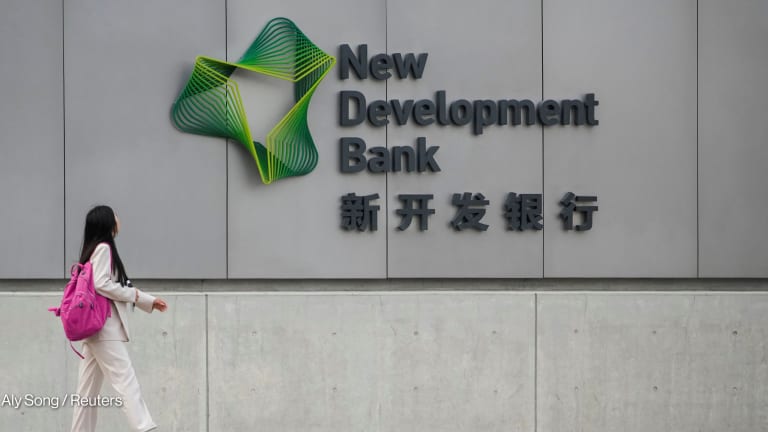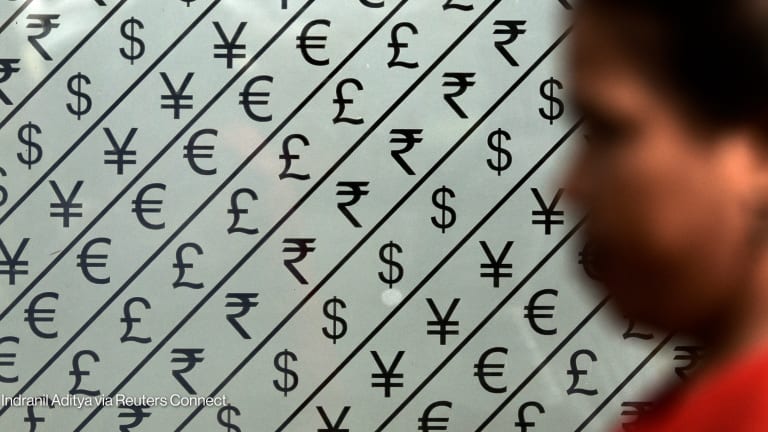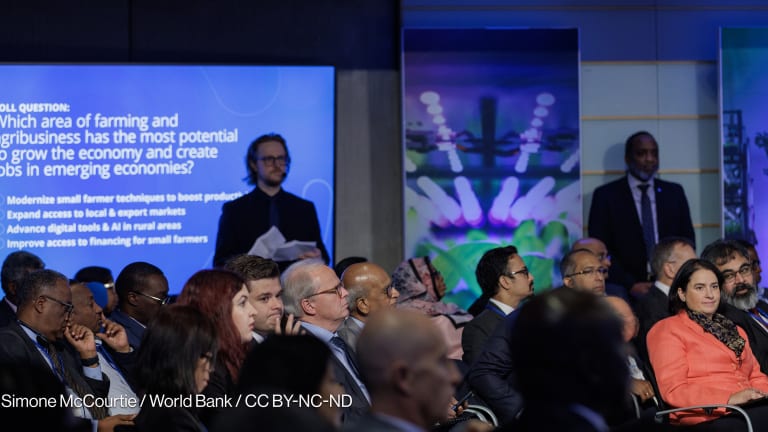The World Bank Monthly Operational Summary for April 2018 is now posted and searchable on Devex’s Funding Overview page. The April MOS, which details the project pipeline of the International Development Association and International Bank for Reconstruction and Development, as well as third-party contributions to those projects, included 1,142 projects worth over $109 billion in total.
The pipeline covers projects that are pending approval. Once they’ve been approved by the bank’s board of directors, they move out of the pipeline and onward to the initial stages of implementation. Generally, projects remain in the bank’s pipeline for an average of 13 months, though some fly through much quicker, and others stall for years.
Last month, we took an in-depth look at the World Bank’s pipeline data for the first quarter of 2018, to see what it could tell us about its priorities and trend. In this quick update, we’ll take a look at the projects that have recently begun preparation and entered the pipeline in the most recent issue of the MOS.
This story is forDevex Promembers
Unlock this story now with a 15-day free trial of Devex Pro.
With a Devex Pro subscription you'll get access to deeper analysis and exclusive insights from our reporters and analysts.
Start my free trialRequest a group subscription







